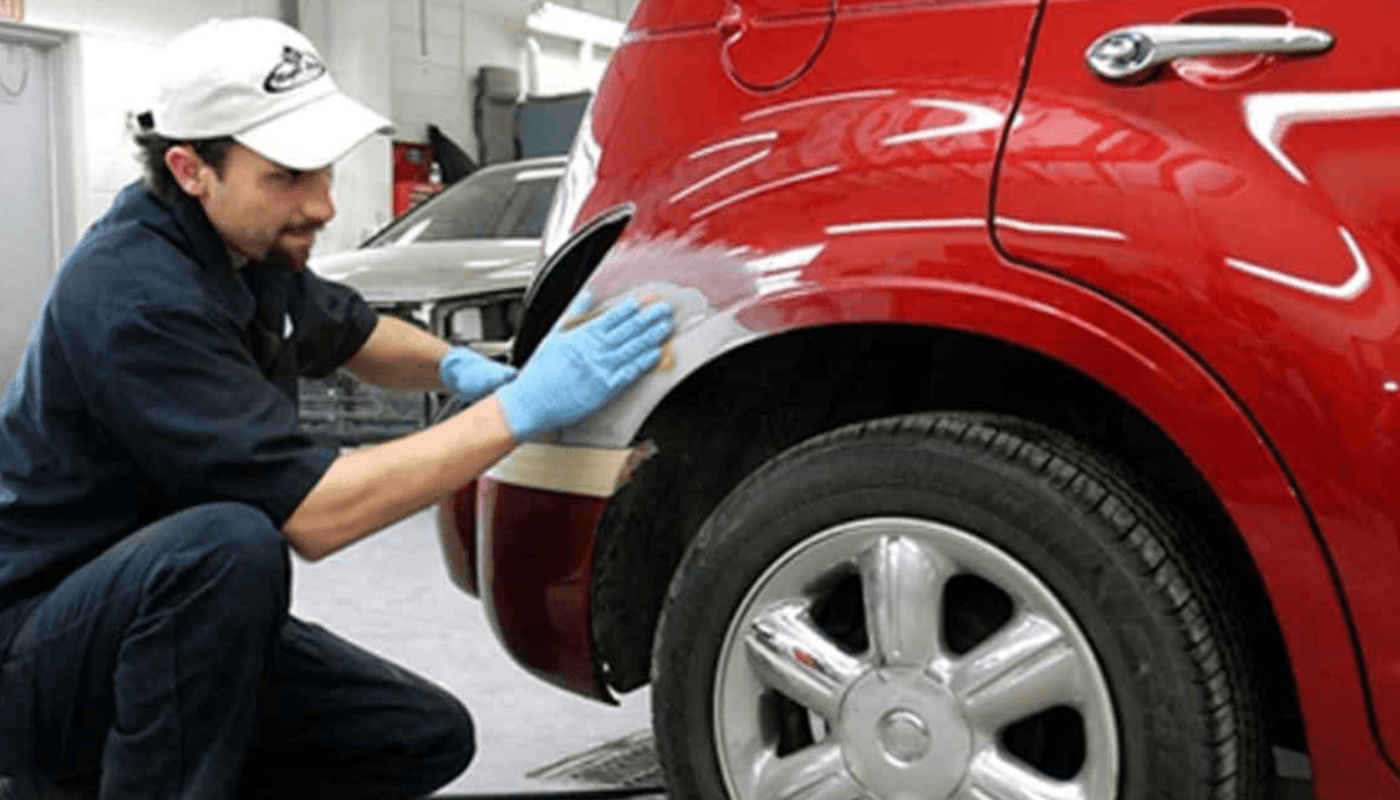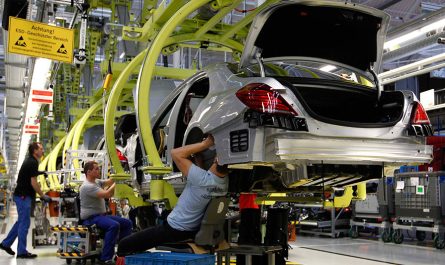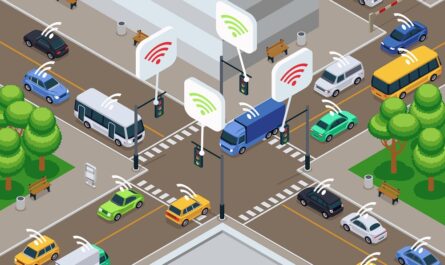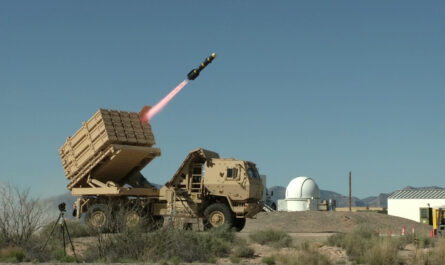When an accident does take place, it is essential to get the damaged vehicle repaired properly so that it can be safely operated again. This is where the automotive collision repair industry comes in. Collision repair shops play a vital role in assessing damage, fixing vehicles, and ensuring motorists can get back on the move safely. Let us take a closer look at some aspects of automotive collision repair.
Assessing the Damage
The first step after an accident is to bring the damaged vehicle to a certified collision repair shop. Here, experienced technicians will carefully inspect and assess the full extent of the damage. They examine both the visible surface damage as well as check for any issues beneath body panels or internal components that may not be immediately obvious. Modern vehicles contain many complex electronic and safety systems, so a thorough inspection is important.
Technicians prepare a detailed damage report listing all parts that need replacement or repair. This report forms the basis for an estimate of repair costs. It also helps insurance companies determine repair coverage and settlement amounts. Advanced measuring and diagnostics tools are used to capture dimensions and diagnose structural alignment issues. This data ensures repairs address all collision impacts comprehensively and restore the vehicle to its pre-accident condition.
Repairing the Damage
Once an estimate is approved, the actual repair work begins. Collision technicians have extensive training and certification in vehicle disassembly, panel/part replacement, welding, painting, and refinishing. The repair process follows a set sequence – from straightening frames and metal panels to replacing components.
Frame racks are used to carefully straighten any bends in the vehicle’s structural framework like the rails, brackets or chassis. Dents and creases on body panels like doors, hoods or bumpers are hammered and filled back into shape. Replacement of parts that cannot be repaired such as crushed fenders or headlights follows.
All replacement panels and parts are quality-checked for correct color, fit and function before installation. Automotive Collision Repair like computerized measuring systems and movable hydraulic platforms ensure exact alignment across panels, gaps and adjustments. Welding is used judiciously as per industry guidelines to reinforce joints.
Refinement and Protection
The final stage focuses on protecting and beautifying the repaired vehicle. Any scratches or imperfections from the repair work are removed via sanding and priming. State-of-the-art painting booths then apply multilayer coats of the exact original paint color using robotics for precision.
Clear coat sealers protect the paintjob while also restoring a reflective glossy shine. All plastic trim, emblems and exterior pieces are reinstalled. Meanwhile interior components like carpets, seats and upholstery receive shampooing/extraction to restore “like-new” feel.
Finally, a rigorous quality assurance process validates the repairs through inspections and road tests before the vehicle is returned to the happy owner or insurance firm. Proper documentation and warranties provide ongoing assurance of workmanship quality.
Staying Ahead of Technology
Advancing vehicle technologies require collision technicians to continuously upgrade their skills. For instance, active safety features and driver-assist systems involving sensors, radar and cameras need experts certified in proper diagnosis and calibration post-repair.
Repair procedures for new materials also evolve – techniques for composites, advanced high-strength steels and aluminum are different compared to conventional steel body panels. Software systems integrating with OEM databases help match specifications.
Shops invest heavily in tools, equipment and professional development/certifications matching the pace of industry innovations. This helps deliver repairs meeting exacting OEM quality standards. Their expertise ensures motorists can safely benefit from new innovations rather than being limited after even minor collisions.
As long as vehicles ply the roads, collisions will remain an inevitable reality requiring timely repairs. The automotive collision repair industry thus plays a critical unsung role in minimizing downtime for motorists and restoring vehicles to safe working condition post-accidents.With continual upgrades in processes, tools and people-skills toalign with evolving vehicle technologies, these professionals and facilities help put more motorists back where they belong – behind the wheel.
Note:
1. Source: Coherent Market Insights, Public sources, Desk research
2. We have leveraged AI tools to mine information and compile it




